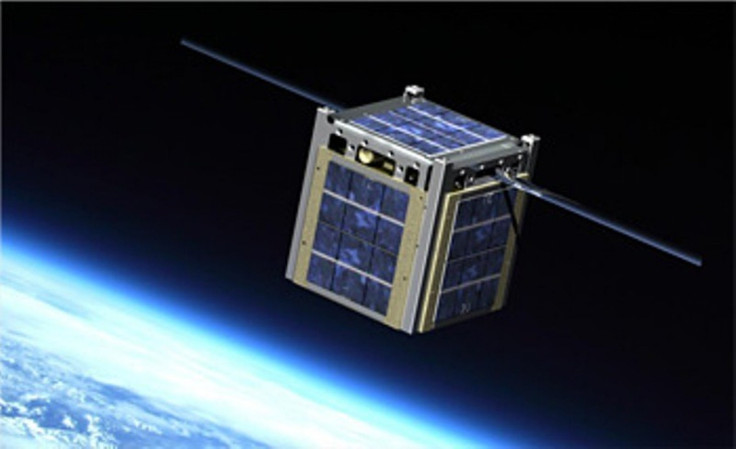NASA to Launch Cube-shaped Satellites Soon

NASA is seeking proposal to launch small cube-shaped satellites to fly on rockets between 2012 and 2014.
These small spacecraft are known as CubeSats, having a size of approximately four inches, a volume of about one quart, and weighing no more than 2.2 pounds.
These CubeSats could be auxiliary payload on previously planned missions.
CubeSats are a class of research spacecraft known as nanosatellites.
NASA made the first open announcement to create an agency-prioritized list of available CubeSats in April this year.
A total of 12 CubeSat payloads were down-selected for launch opportunities after the first announcement were made.
The down-selected proposals include contributions from the following educational institutions: Auburn University, California Polytechnic State University, Medgar Evers College - City University of New York, Montana State University, Regents of the University of Colorado, University of Alaska Fairbanks, University of California, University of New Hampshire, University of Michigan, Utah State, and Vermont Technical College.
"We're anticipating some exciting proposals for this pilot program with hopes to break down the barriers to the launching of CubeSats," said Jason Crusan, chief technologist for NASA's Space Operations Mission Directorate in Washington.
"There are organizations that have been waiting a long time for a chance to see their satellites fly in space," Jason added.
Proposed investigations for this pilot project must address an aspect of science, exploration, technology development, education or operations encompassed by NASA's Strategic Plans and/or NASA's Education Strategic Coordination Framework.
© Copyright IBTimes 2024. All rights reserved.





















